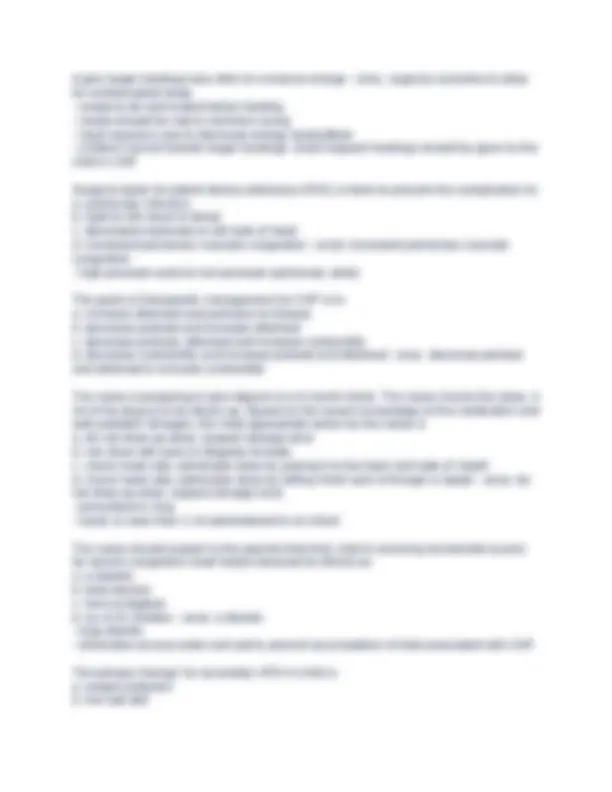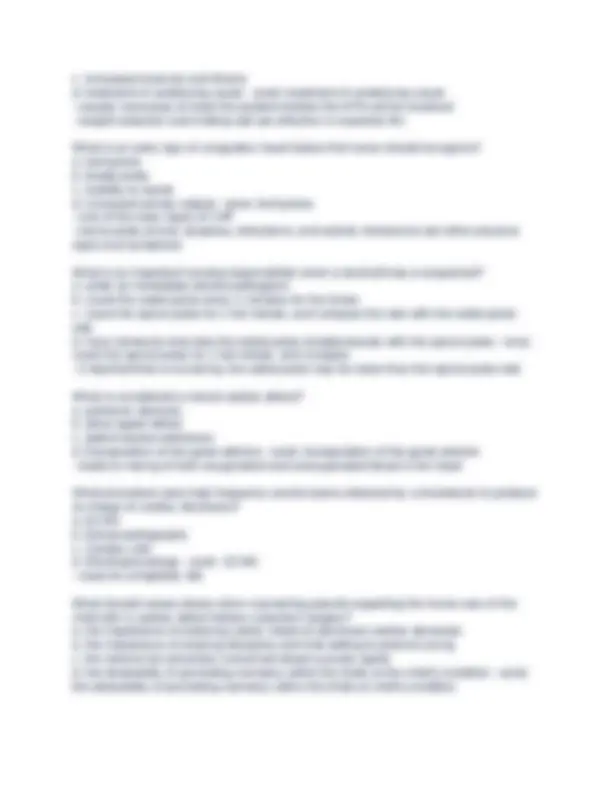





Study with the several resources on Docsity

Earn points by helping other students or get them with a premium plan


Prepare for your exams
Study with the several resources on Docsity

Earn points to download
Earn points by helping other students or get them with a premium plan
Community
Ask the community for help and clear up your study doubts
Discover the best universities in your country according to Docsity users
Free resources
Download our free guides on studying techniques, anxiety management strategies, and thesis advice from Docsity tutors
A series of questions related to pediatric cardiac assessment. It covers topics such as auscultation techniques, lab tests, diagnostic procedures, nursing interventions, and medication management. The questions are designed to test the reader's knowledge of pediatric cardiac assessment and are useful for students studying pediatric nursing or preparing for the NCLEX exam.
Typology: Exams
1 / 5

This page cannot be seen from the preview
Don't miss anything!




A cardiac assessment is required to determine if a child's physical symptoms are related to possible heart disease. The nurse is proceeding to auscultation techniques. When observing the nursing student perform this assessment, which action would indicate that additional training was required? a. documentation of heart sounds in reference to anatomical location b. determination that there is no evidence of carotid bruits c. calculation of HR d. ascertaining whether there is evidence of splenic enlargement - ansd. ascertaining whether there is evidence of splenic enlargement
c. notify the HCP of the finding d. apply warm compresses to the insertion site - ansb. document the findings and continue to monitor
c. increased exercise and fitness d. treatment of underlying cause - ansd. treatment of underlying cause
What should the nurse recognize as an early clinical sign of compensated shock in a child? a. confusion b. sleepiness c. hypotension d. apprehensiveness - ansd. apprehensiveness